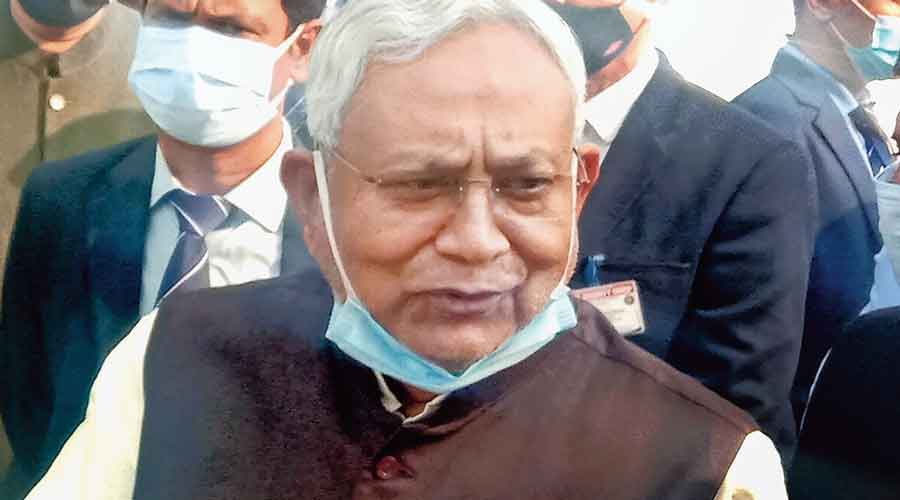Chief minister Nitish Kumar is said to have agreed to conduct a census to calculate the populations of different castes in Bihar, after the Centre rejected the state’s demand for such an exercise except for the Scheduled Castes and Scheduled Tribes.
RJD leader Tejashwi Prasad Yadav made the disclosure after a delegation of leaders from several political parties met Nitish in his Assembly chamber.
“Leaders from the RJD, Congress, CPI, CPM, CPI-ML and the All India Majlis-e-Ittehadul Muslimeen met the chief minister today on the issue of caste census. It can be said with certainty that such a census will be conducted in Bihar,” Tejashwi said.
“Nitishji has assured us that he will convene a meeting of all political parties represented in the Assembly within two to four days. Clarity on when and how the caste census will be conducted will emerge after that. Our party president Lalu Prasadji has been raising the demand for such an exercise for a long time,” the RJD leader added.
Tejashwi, the leader of the Opposition in the Assembly, was deputy chief minister in the Nitish-led Grand Alliance government from 2015 to 2017. The young leader argued that since SC-ST and religion-based census are conducted, a similar drive is required for all other castes as well. “It will provide us fresh data related to the populations of different castes, which will help in formulating better plans for their development,” he said.
The RJD leader said all the parties had supported a proposal for a caste census during the monsoon session of the Assembly.
Nitish had called an all-party meeting over it and later led an all-party delegation on August 23 to meet Prime Minister Narendra Modi.
Modi was said to have assured that he would look into the demand, but later the central government categorically stated that it had no plans of conducting such an exercise.
Karnataka has already conducted a caste census with its own manpower and financial resources.
The last caste census in the country was conducted in 1931 when the British were in power. It had put the backward castes’ population at 52 per cent. The data became the backbone of the reservation policy of the central and state governments.
A socio-economic caste survey was conducted in 2011 by the then UPA government but the data was not published due to alleged discrepancies.










